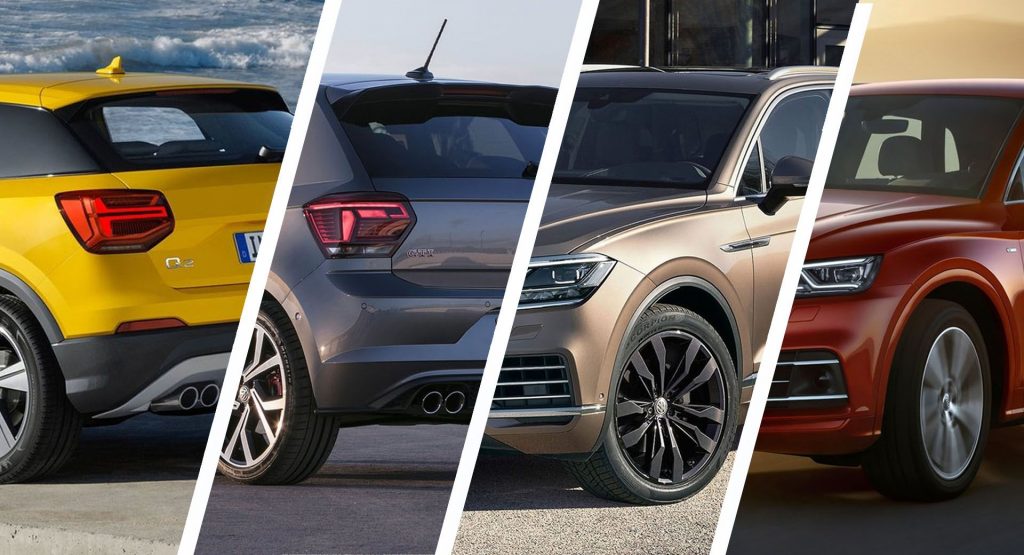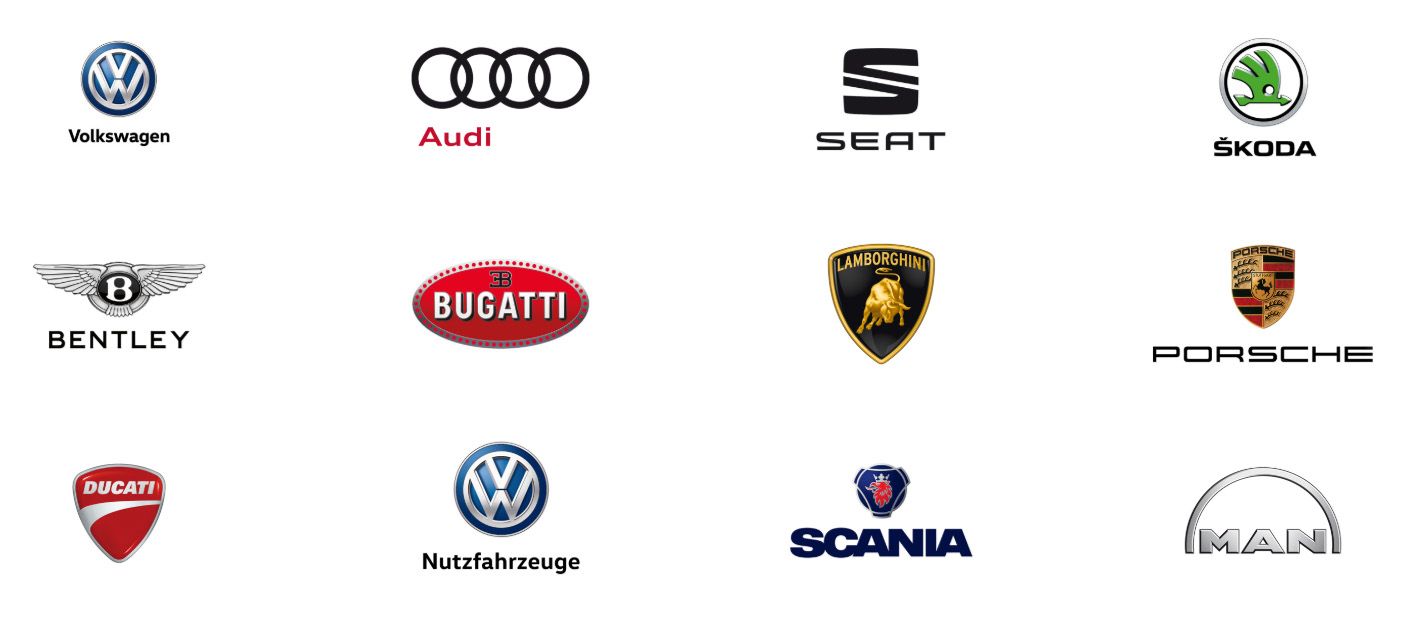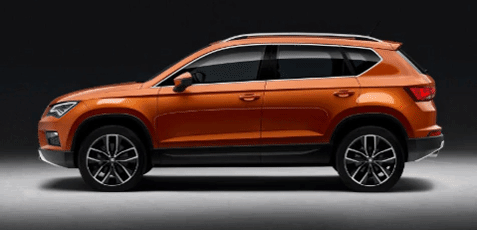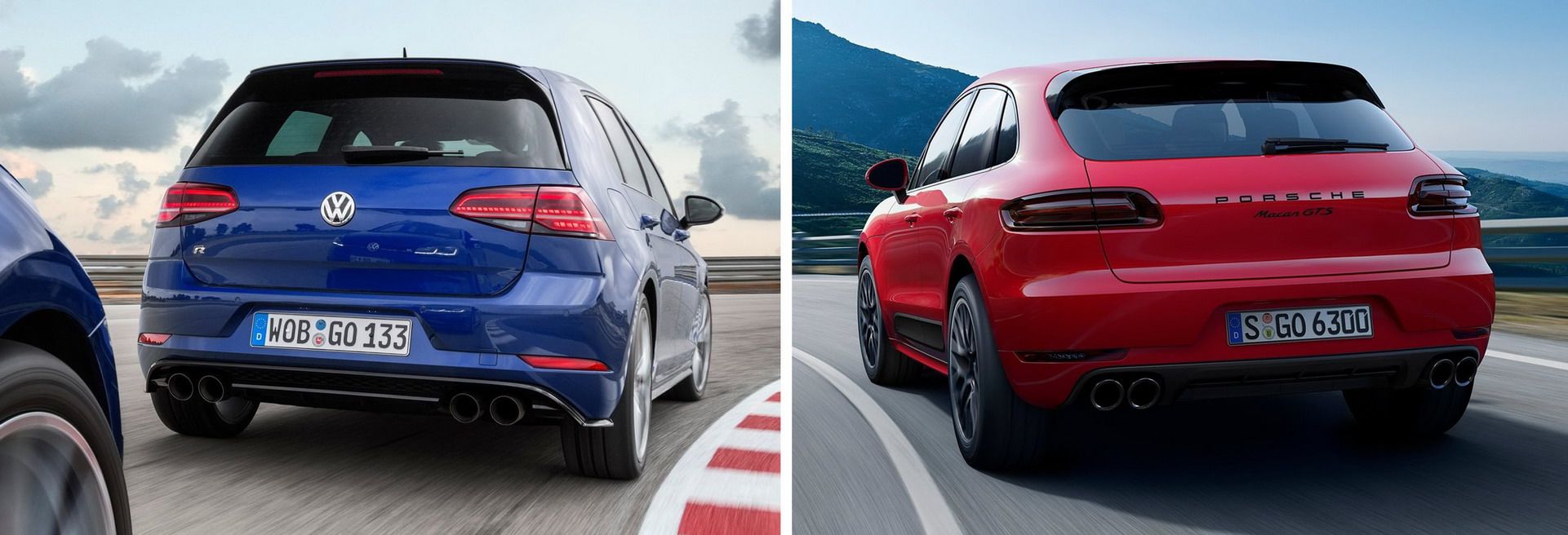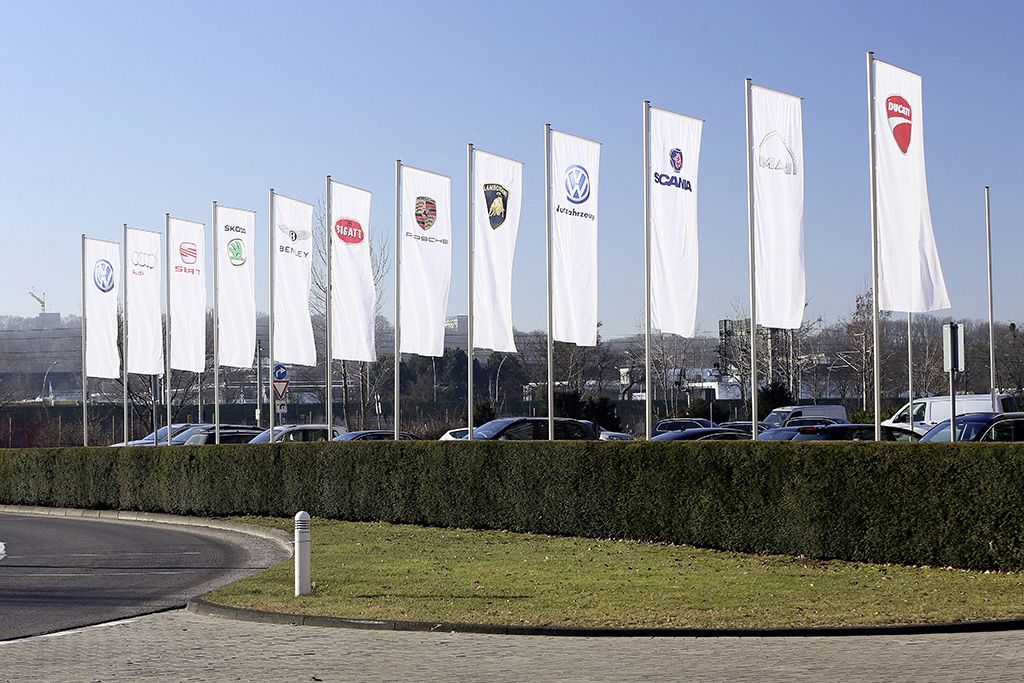Besides being the world’s largest automaker with 10.7 million vehicles sold in 2017, the Volkswagen Group also has the largest brand portfolio in the automotive world.
More specifically, the companies that operate under the VW Group’s umbrella are Audi, Bentley, Bugatti, Lamborghini, Porsche, SEAT, Škoda and Volkswagen, as well as Ducati motorcycles and MAN and Scania trucks.
For a cost-effective management of all those brands, more and more vehicles use shared technology, like the $60 billion MQB modular platform that currently underpins more than 25 models from Audi, Seat, Škoda and Volkswagen.
Although that is a common practice among large automotive groups, lately Volkswagen has started sharing not only engines, mechanical parts and interior components across different brands, but also design details.
BMW introduced the range uniformity in the late 80s, but other luxury automakers like Audi and Mercedes-Benz took it to the next level, with some of their models looking almost identical to the untrained eye. A prime example of that are the current C-Class Coupe, E-Class Coupe and S-Class Coupe that differ in size and certain design elements, but nevertheless look very much alike to one another.
Even so, recent model launches are proof that this kind of uniformity is slowly expanding among the brands of the VW Group.
To name a few examples of shared design details on VW Groups models from different brands we made the following list.
*Note – we haven’t included cases like the Volkswagen Up!, Seat Mii and Skoda Citigo (2012) or the Seat Exeo (2008) and Audi A4 (2001) because those are rebadged vehicles using the exact same body panels for cost reduction purposes.
Volkswagen Touareg (2019) and Audi Q5 (2017) – profile and rear fenders
The latest generation of the Touareg serves as the flagship model of Volkswagen and shares its underpinnings with the Audi Q7, Porsche Cayenne and Bentley Bentayga. The strange thing is that Volkswagen’s designers imitated the character lines on the profile and the rear fender design (and on the headlights and front bumper intakes) of the smaller Audi Q5 in a quest to differentiate the Touareg from its same-segment premium siblings.
Volkswagen Polo MK6 (2018) and Audi Q2 (2017) – taillights
The square shaped taillights of the Audi Q2 look very similar (although they are not identical) to the ones on the VW Polo MK6, something that was made obvious from the first teaser picture of the model released by Volkswagen last year.
Seat Ateca (2017) and Skoda Karoq (2018) – profile and rear end
Both compact SUVs are based on the MQB platform which means they would have a strong resemblance in their proportions. This statement is a bit unfair because as you can see the cars share a lot of their body panels (doors, fenders, roof etc), however Seat and Skoda designers decided to incorporate similar lines on the taillights and rear ends, sharing them with the larger Skoda Kodiaq (2017).
Volkswagen Golf MK7.5 R (2017) and Porsche Macan (2015) – rear bumper
Last but not least, the “conspiracy theory” that designers from Volkswagen and Porsche often hang out together might not be far from the truth. The resemblance here is not that strong, however you can see that the design details on the rear bumper and rear diffuser of the German hot hatchback bear some similarities to the premium compact SUV from Stuttgart.
I know some of you might think I am pushing it too far, but I am afraid that those signs might lead to an even more generic and homogeneous future for the automotive industry styling-wise. If successful, the VW Group’s “trend” could be followed by large manufacturers like the FCA Group, Hyundai-KIA-Genesis or Renault-Nissan-Mitsubishi.
The main problem I have with that strategy, is that we are not talking about a cost-saving measure of using the same body panels across different models (which is logical and it was always the case in automotive partnerships), but it’s more like a marketing tool to unify styling towards a group-wide application of branding. In the worst case scenario, this move can slowly kill the car designers’ freedom to create unique and intriguing shapes and, as a long term effect, might make our everyday lives a tiny more boring, lacking new and exciting cars.
By Thanos Pappas



